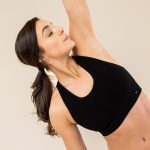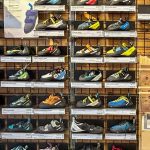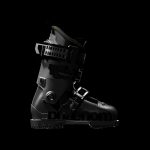A new paper published in Frontiers in Sports and Active Living found Nike’s Vaporfly 4% significantly reduced running times for both elite male and female competitors.
The study analyzed seasonal best times for elite male and female runners in three race categories – 10 kilometers, half marathon and marathon races – between 2012 and 2019. The researchers found a statistically significant decrease in race times after 2017, which coincided with its introduction.
Female elite athletes appeared to gain the most benefit from the design improvement, which features a thicker, lighter foam rigid plate along the midsole. Seasonal best times for women were between 2016 and 2019 decreased anywhere from 1.7 to 2.3 percent, versus 0.6 to 1.5 percent for men. And female marathon times were improved by about 2 minutes and 10 seconds, a 1.7 percent boost in performance.
“As far as chronometric performance is concerned, it is in our opinion a major advancement,” said Dr. Stéphane Bermon, lead author of the paper and director of the World Athletics Health and Science Department in a statement.
A previous 2018 statistical analysis had suggested a 3 percent to 4 percent decrease in half marathon and marathon race times based on thousands of self-reported results. However, the study was the first to look at the top seasonal best times for elite athletes.
While the research included a majority of results from East African runner who have come to dominate the sport, the paper noted that non-East-African elite runners experienced similar improvements in performance.
“These results confirm that advanced footwear technology has benefits to the elite male and female distance runners,” Bermon said. “Whether this technology will be banned or simply controlled, as it is currently, is still to be decided by World Athletics.”
No immediate follow-up studies are planned, though Bermon said additional research is needed to understand whether mass adoption of the new footwear by recreational and elite runners causes more or fewer injuries, especially in light of all the different types of running styles. The full study is here.








